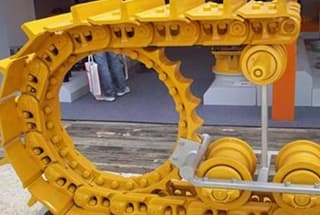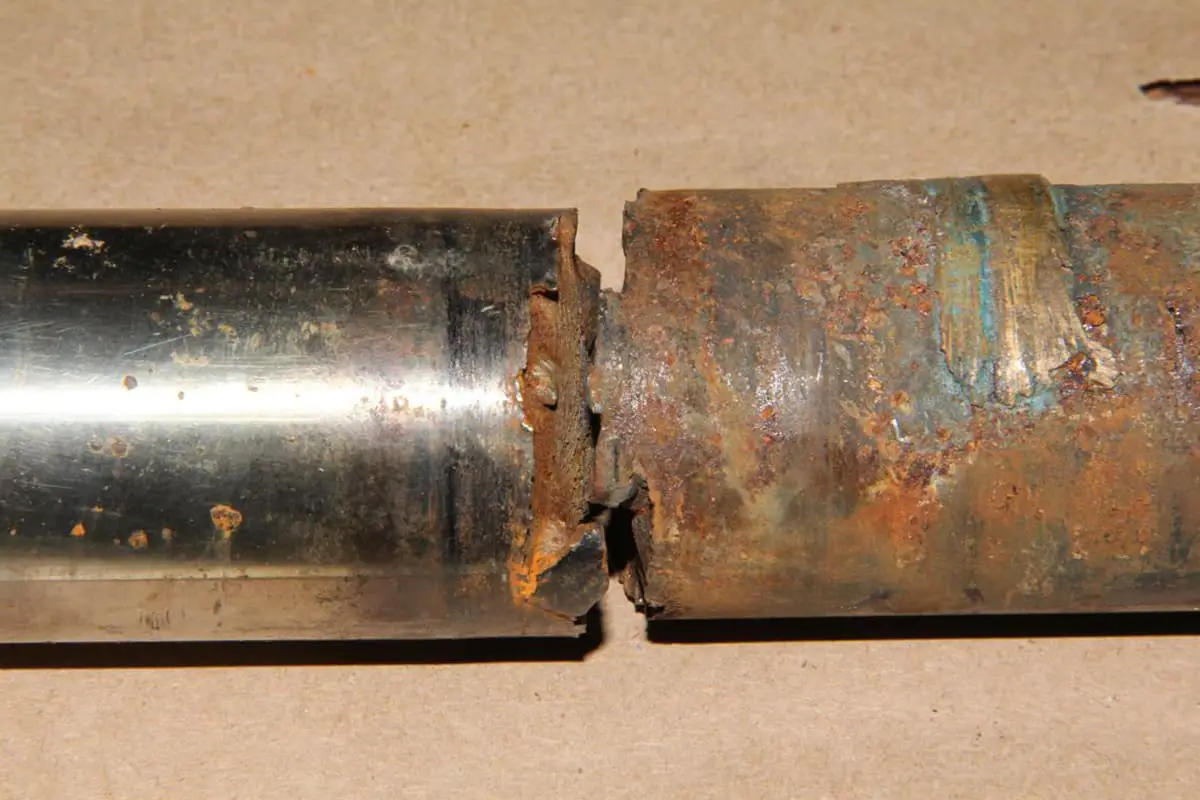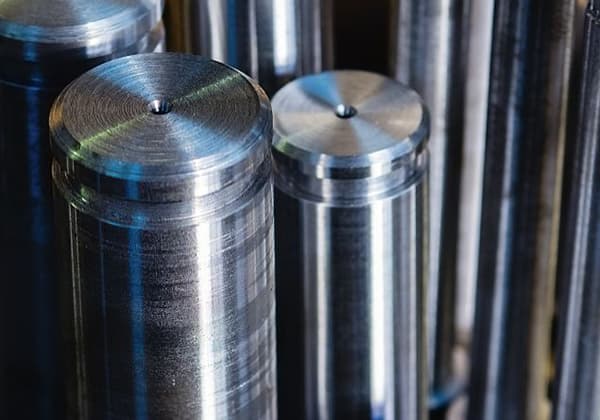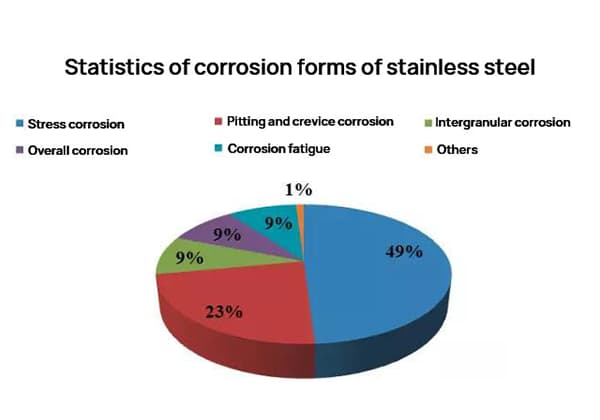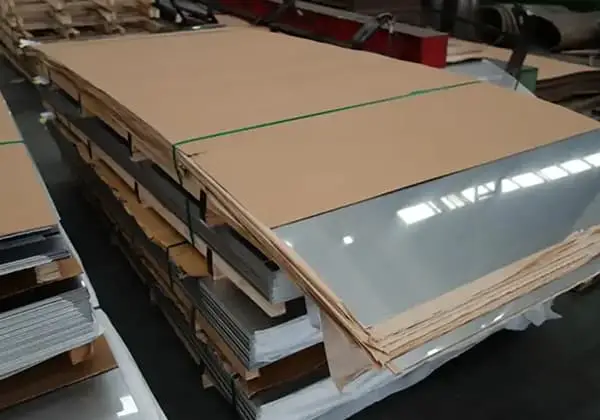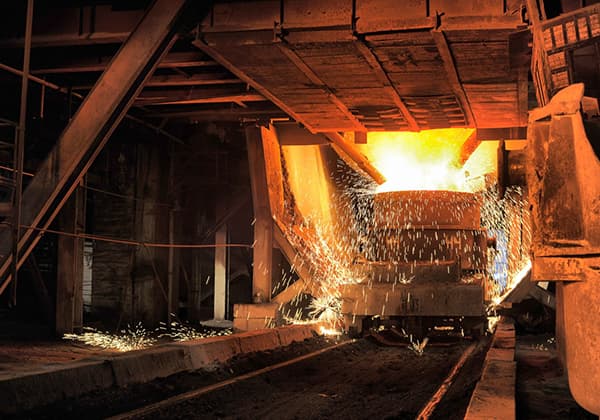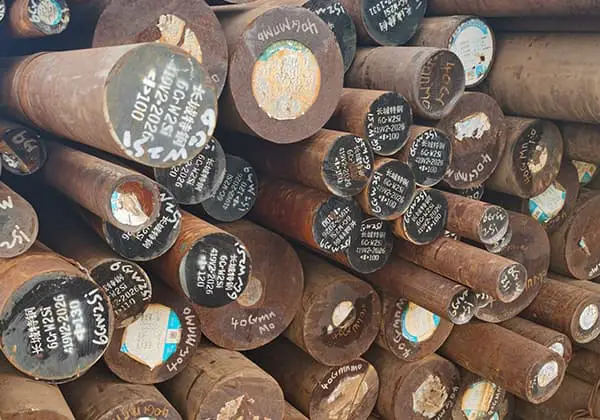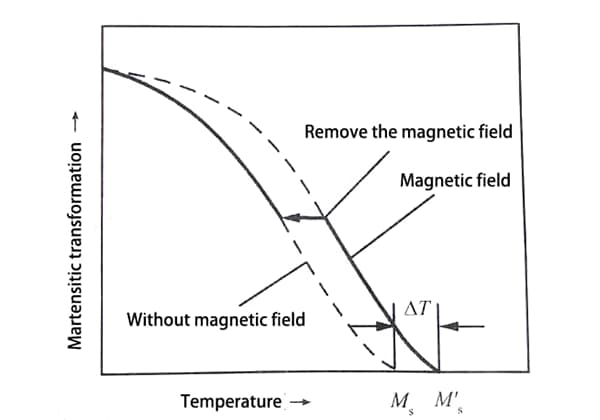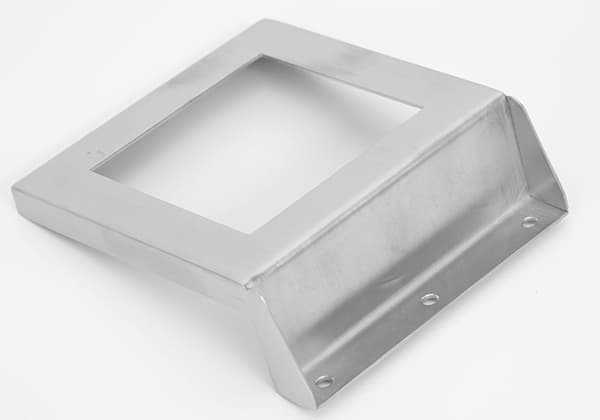
Have you ever wondered how the right steel can withstand extreme temperatures? This article explores the fascinating world of steel grades and their usage limits. From pressure components to heat-resistant parts, discover the secrets behind their endurance and learn how to choose the best material for your needs.
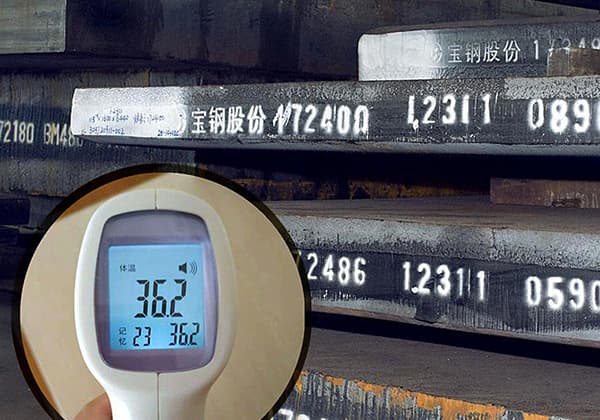
Steel, a versatile and widely used material in various industries, exhibits different properties and behaviors across different temperature ranges. Understanding these temperature-dependent characteristics is crucial for engineers, manufacturers, and designers to optimize steel’s performance in diverse applications. This comprehensive guide explores the key temperature ranges that affect steel’s properties and provides insights into how to leverage this knowledge for optimal use.
1. Room Temperature (20°C to 100°C)
At room temperature, steel displays its standard mechanical properties as specified in material data sheets. This range is ideal for most everyday applications, where steel’s strength, ductility, and toughness are well-balanced. However, it’s important to note that even within this range, slight temperature fluctuations can affect precision in high-accuracy applications.
Key considerations:
2. Low Temperature Range (-50°C to 20°C)
As temperatures drop below room temperature, steel generally becomes stronger but less ductile. This phenomenon, known as low-temperature embrittlement, can significantly impact steel’s performance in cold environments.
Key considerations:
Best practices:
3. Moderate Heat Range (100°C to 450°C)
In this range, steel begins to experience noticeable changes in its mechanical properties. While strength may initially increase slightly due to strain aging, prolonged exposure can lead to tempering effects and a gradual decrease in yield strength.
Key considerations:
Best practices:
4. High Temperature Range (450°C to 900°C)
At these elevated temperatures, steel undergoes significant microstructural changes, leading to substantial alterations in its mechanical properties. This range is critical for heat treatment processes but can be detrimental to steel’s strength in service conditions.
Key considerations:
Best practices:
5. Extreme Heat Range (Above 900°C)
Temperatures above 900°C are typically encountered in steelmaking, heat treatment, and welding processes. At these extreme temperatures, steel becomes highly malleable and undergoes significant microstructural changes.
Key considerations:
Best practices:

| Steel grade | Steel standards | Temperature range for use of pressure components and main load-bearing components (℃) | Upper limit of antioxidant temperature (℃) | ||
| Plate | Pipe | Forging | |||
| A3F | GB3274 (GB700) | – | – | (1) | 530 |
| A3 | GB3274 (GB700) | – | – | (2) | 530 |
| 20R | GB6654 | – | – | ≤475 | – |
| 20g | GB713 | – | – | ≤475 | – |
| 10 | GB711 (GB699) | GB8163 GB9948 GB3087 GB6479 | – | ≤475 | 530 |
| 20 | GB711 (GB699) | GB8163 GB9948 GB3087 GB6479 GB5310 | JB755 Appendix A of this standard | ≤475 | 530 |
| 25 | – | – | JB755 Appendix A of this standard | ≤475 | 530 |
| 35 | – | – | JB755 Appendix A of this standard | ≤475 | 530 |
| 45 | – | – | JB755 | 475 | 530 |
| 16MnRC,15MnVRC | GB6655 | – | 400 | ||
| 16Mn | GB3274 (GB1591) | – | (3) | – | |
| GB6479 GB8163 | JB755 Appendix A of this standard | ≤475 | – | ||
| 16MnR | GB6654 | JB755 | ≤475 | – | |
| 15MnVR | GB6654 | GB6479 | ≤400 | – | |
| 15MnVNR | GB6654 | – | – | ≤400 | – |
| 18MNMoNbR | GB6654 | – | – | 0-450 (normalizing+tempering); 450 quenching and tempering | – |
| 20MnMo | – | – | JB755 Appendix A of this standard | ≤500 | – |
| 20MnMoNb | – | – | JB755 Appendix A of this standard | ≤450 | – |
| 15MnMoV | – | – | JB755 Appendix A of this standard | ≤520 | – |
| 32MnMoVB | – | – | JB755 Appendix A of this standard | 0~350 | – |
| 35CrMo | – | – | JB755 Appendix A of this standard | ≤540 | – |
| 16Mo | (4) | (4) | ≤520(5) | – | |
| 12CrMo | (4) | GB9948 GB5310 GB6479 | ≤540 | – | |
| 15CrMo | (4) | GB9948 GB5310 GB6479 | JB755 Appendix A of this standard | ≤560 | – |
| 12Cr1MoV | – | GB5310 | JB755 Appendix A of this standard | ≤580 | – |
| 12Cr2Mo1 | (4) | GB9948 GB5310 GB6479 | JB755 Appendix A of this standard | ≤580 | 600 |
| 1Cr5Mo | GB1221(4) | GB9948 GB6479 | JB755 Appendix A of this standard | ≤600 | 650 |
| 10MoWVNb | GB6479 | ≤580 | 600 | ||
| 0Cr13 | GB4237(4) | GB2270 | JB755 Appendix A of this standard | 0~400 | 750 |
| 00Cr19Ni11 00Cr17Ni14Mo2 00Cr17Ni13Mo3 | GB4237 | GB2270 | JB755 Appendix A of this standard | ≤425(3) | – |
| 0Cr19Ni9 1Cr18Ni9Ti 0Cr18Ni11Ti 0Cr18Ni12Mo2Ti 0Cr18Ni12Mo3Ti | GB4237 | GB2270 GB5310 | JB755 Appendix A and B of this standard | ≤700 | 850 |
| 0CR23Ni13 | GB2270 | ≤900 | 1100 | ||
| INCOLOY800 | (4) | (4) | ≤850 | 1000 | |
| 1Cr25Ni20 | – | – | Appendix B of this standard | ≤900 | 1200 |
Note:
1. The usage restrictions for A3F steel plate are as follows:
(1) it shall not be used for pressurized components with extremely hazardous, highly hazardous or explosive media;
(2) the usage temperature is 0~250℃;
(3) design pressure ≤0.6MPa;
(4) vessel volume ≤10m3;
(5) for main pressurized components (shell, formed head), plate thickness ≤12mm; for flanges, flange covers, etc., plate thickness ≤16mm.
2. The usage restrictions for A3 steel plate are as follows:
(1) it shall not be used for pressurized components with extremely hazardous, highly hazardous or liquefied petroleum gas media;
(2) vessel volume ≤10m3;
(3) for main pressurized components (shell, formed head): usage temperature 0~350℃; design pressure ≤1.0MPa; plate thickness ≤16mm;
(4) for flanges, flange covers, tube sheets and similar pressurized components: usage temperature >-20~350℃; design pressure ≤4.0MPa; P×Di≤2000 (D is the nominal diameter in mm; P is the design pressure in MPa).
When the usage temperature is <0℃ (but >-20℃) and the plate thickness is ≥30mm, the room temperature impact toughness of the steel plate (longitudinal, V-shaped Charpy specimens, average value of three specimens per group) shall not be less than 27J.
3. The usage restrictions for 16Mn steel plate are as follows:
(1) steel plates without additional inspection or assurance of room temperature impact toughness requirements shall not be used for main pressurized components of pressure vessels;
(2) when used for flanges, flange covers, tube sheets and similar pressurized components, the usage restrictions are the same as those for A3 steel;
(3) after inspection or re-inspection, if the room temperature impact toughness is guaranteed (longitudinal, V-shaped Charpy specimens, average value of three specimens per group) not less than 27J, it can be used as the main pressurized component of pressure vessel, and the usage restrictions are as follows: a. design temperature 0~350℃; b. design pressure ≤2.5MPa; c. plate thickness ≤30mm.
4. There is currently no steel plate or steel pipe standard for 16Mo and INCOLOY 800, and there is no steel plate standard for 12CrMo, 15CrMo, 12Cr2Mo1, and 1Cr5Mo. The design can refer to the corresponding foreign steel standards.
5. When the long-term usage temperature of 16Mo exceeds 475℃, the influence of graphitization tendency should be considered. Therefore, pressurized components with cumulative usage time exceeding 4 years should be checked for graphitization.
6. The long-term usage temperature of ultra-low carbon austenitic stainless steel exceeding 425℃ will result in the precipitation of carbide chromium at grain boundaries, leading to the loss of intergranular corrosion resistance.
7. Ferritic stainless steel steel plates (excluding composite plates) with a nominal chromium content of ≥13% shall not be used as main pressurized components of pressure vessels with a design pressure ≥0.25MPa and wall thickness >6mm.
8. The minimum temperature indicated in the table is the applicable lower limit temperature value of this standard (> -20℃).
9. The “maximum oxidation temperature” in the table is only applicable to non-stressed components with low stress.
Source: HGJ15-89 Design Code for Steel Chemical Vessel Materials Selection of the Ministry of Chemical Industry of the People’s Republic of China.
| Steel grade | Intermittent use ℃ | Continuous use ℃ | Purpose |
| 0Cr25Ni20 (310S) | 1150 | Various components used for manufacturing heating furnaces. | |
| 1Cr25Ni20Si2 (314) | 925 | 980 | Used for manufacturing various components of heating furnaces, such as high-temperature furnace tubes, radiation tubes, heating furnace rollers, and combustion chamber components for ammonia synthesis equipment. |
| 1Cr20Ni14Si2 | 980 | 1095 | Used for manufacturing boiler hangers and heating furnace components. |
| 0Cr23Ni13(309S) | 1035 | 1150 | Produce various heat-resistant components that work within the range of 850~1050 ℃, such as furnace supports, conveyor belts, annealing furnace covers, thermal cracking tubes, etc. |
| 253MA (S30815) | 1035 | 1150 | Cyclone separator for circulating sulfur bed of supercritical power generation boiler. |
| 0Cr13Al (405) | 815 | 705 | Used for manufacturing components that require high toughness after being subjected to impact loads, such as steam turbine blades, structures, etc. |
| 1Cr11MoV | 870 | 925 | |
| 00Cr13Ni5Mo3N | 870 | 925 | |
| 2308 | 1035 | 1150 |

